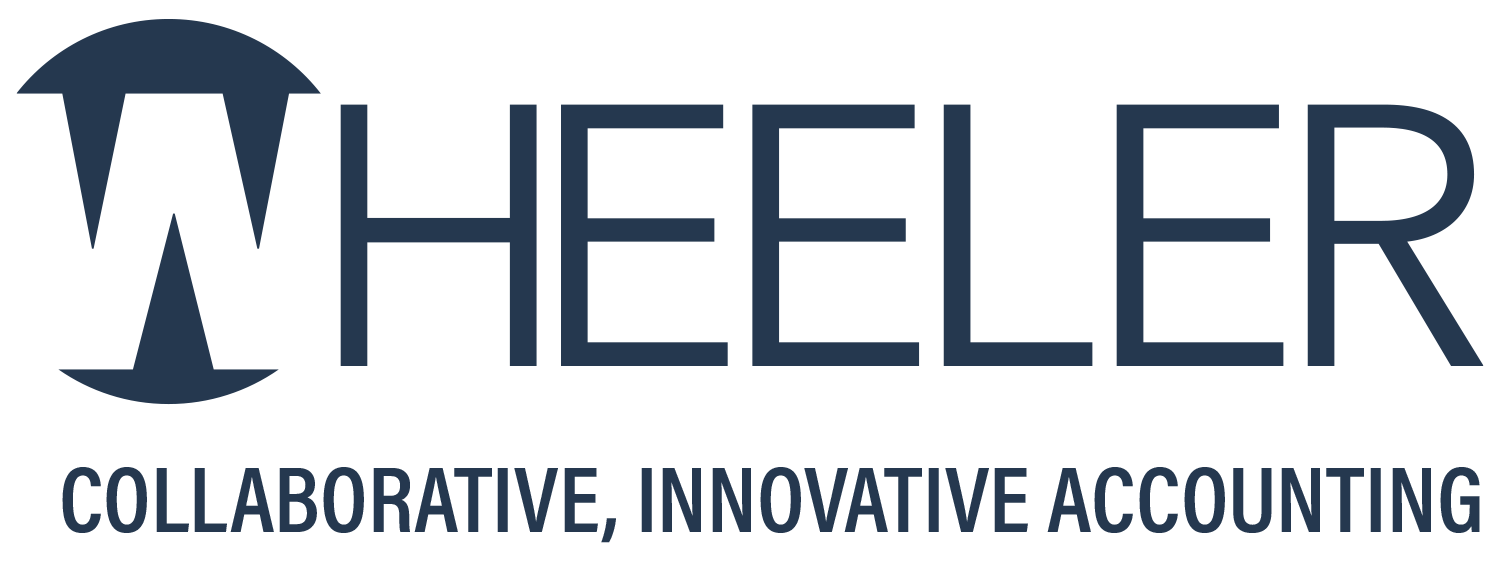The consequences of misclassifying an employee as an independent contractor can be costly. You could be liable for back taxes (including the employee’s shares of unpaid payroll and income taxes), penalties and interest. There may be serious nontax consequences as well.
How Important Is This?
Businesses must withhold federal and state income taxes and the employee’s share of Social Security and Medicare taxes from employee wages. They must also pay the employer’s portion of Social Security, Medicare and unemployment taxes for employees. Generally, none of these obligations apply to the business for workers who are independent contractors.
Misclassifying an employee as an independent contractor can result in liability for unpaid payroll taxes, penalties and interest. You may also owe the employee’s share of taxes.
Beyond taxes, misclassification can mean liability for minimum wages, overtime pay, benefits, workers’ compensation, and state disability insurance. Ensuring proper classification helps avoid costly legal and financial consequences.
What Factors Should You Consider?
Determining the correct classification requires reviewing the key factors that the IRS evaluates. No single factor is conclusive; all must be taken into account.
Here are the three categories of factors the IRS assesses:
1. Behavior control
Who controls what work is done and how it’s performed? A higher degree of control suggests the worker is likely an employee. It’s important to consider how much training and education the business provides a worker to do the job.
2. Financial control
Who controls the economic aspects, such as how the worker is paid and how expenses are reimbursed? Independent contractors generally have financial risk. They may work for flat fees and work for more than one business.
3. Type of relationship
Workers hired for an indefinite period and performing core business functions are more likely to be employees.
Labeling a worker as an independent contractor in a written contract doesn’t make it so. However, it may serve as evidence in a dispute between parties.
How Does Remote Work Affect Classification?
It’s tempting to think that if a person works for you remotely, he or she automatically qualifies as an independent contractor. Not so fast! Even if the individual chooses to work remotely, the classification is still subject to scrutiny.
The key considerations are the same as for on-site workers, such as whether you, as the business owner, have the right to control the details of the worker’s services and how they’re performed.
Worried You’ll Make a Mistake?
Don’t underestimate the importance of this issue. The consequences of misclassification can indeed be severe. Using a reasonable basis for classifying workers may relieve penalties and employment taxes.
You can ask the IRS to weigh in by filing Form SS-8, “Determination of Worker Status for Purposes of Federal Employment Taxes and Income Tax Withholding.” Before you do this, contact the office and ask for a review of the details.
Beyond Federal Taxes
Even if you’re confident in your classification of workers for federal tax purposes, it’s essential to consider how they’re treated under state taxation and federal and state wage and hour regulations. Classifying workers as employees in some cases and independent contractors in others can create significant administrative challenges, so evaluate their status comprehensively before making a final decision. Don’t risk a mistake. Answers to your questions are a phone call away.
408-252-1800
Photo by Ivan Radic via Flickr.com.




